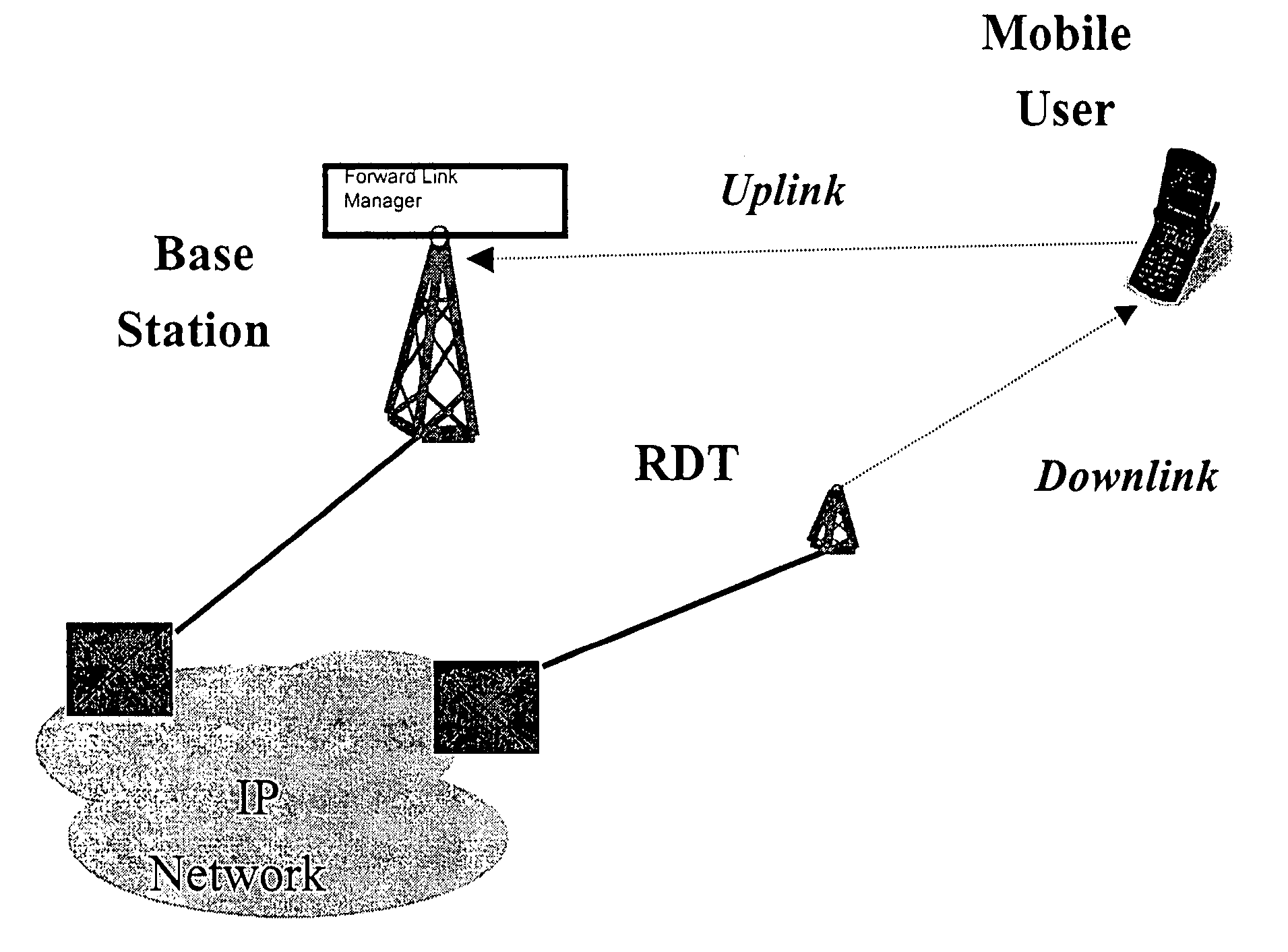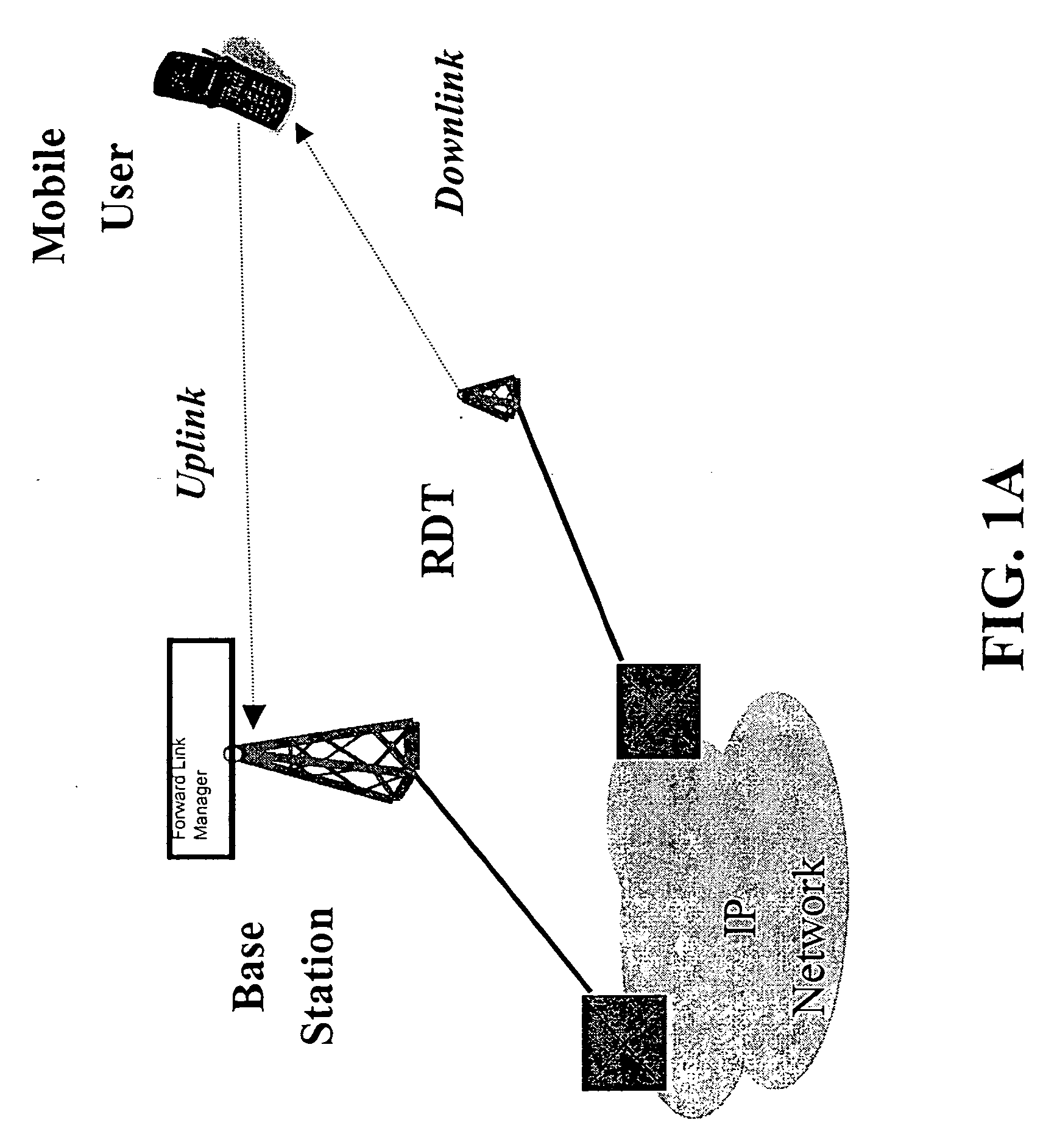Method and system for a channel selective repeater with capacity enhancement in a spread-spectrum wireless network
a wireless network and wireless network technology, applied in the field of wireless networks and communication systems, can solve the problems of reducing the capacity of the spread-spectrum wireless network, hindering the optimization of system performance and system capacity, and being prone to unfavorable network expansion, so as to reduce the impact, avoid unnecessary interference and noise, and increase the capacity and coverage of the network
- Summary
- Abstract
- Description
- Claims
- Application Information
AI Technical Summary
Benefits of technology
Problems solved by technology
Method used
Image
Examples
Embodiment Construction
[0035] Reference is now made in detail to an embodiment of the present invention, an illustrative example of which is illustrated in the accompanying illustrations, showing methods and systems for an intelligent channel-selective repeater (CSR) capable of amplifying selected communication channels to provide capacity enhancement in dense, urban spread-spectrum (e.g., CDMA) wireless networks. It should be noted that selected channel amplification discussed herein refers to the amplification of signals in a selected channel. For reference, the network architecture with an RDT deployment as disclosed in the parent application is shown in FIG. 1A. As mentioned in the parent application, the BS in a RDT-equipped network continues to serve the uplink of the mobile user while the RDT serves the downlink. The RDT, in turn, receives the downlink traffic for selected channels from the BS using a source different from what the CSR of the present invention would use to serve the mobile user. Th...
PUM
 Login to View More
Login to View More Abstract
Description
Claims
Application Information
 Login to View More
Login to View More - R&D
- Intellectual Property
- Life Sciences
- Materials
- Tech Scout
- Unparalleled Data Quality
- Higher Quality Content
- 60% Fewer Hallucinations
Browse by: Latest US Patents, China's latest patents, Technical Efficacy Thesaurus, Application Domain, Technology Topic, Popular Technical Reports.
© 2025 PatSnap. All rights reserved.Legal|Privacy policy|Modern Slavery Act Transparency Statement|Sitemap|About US| Contact US: help@patsnap.com



